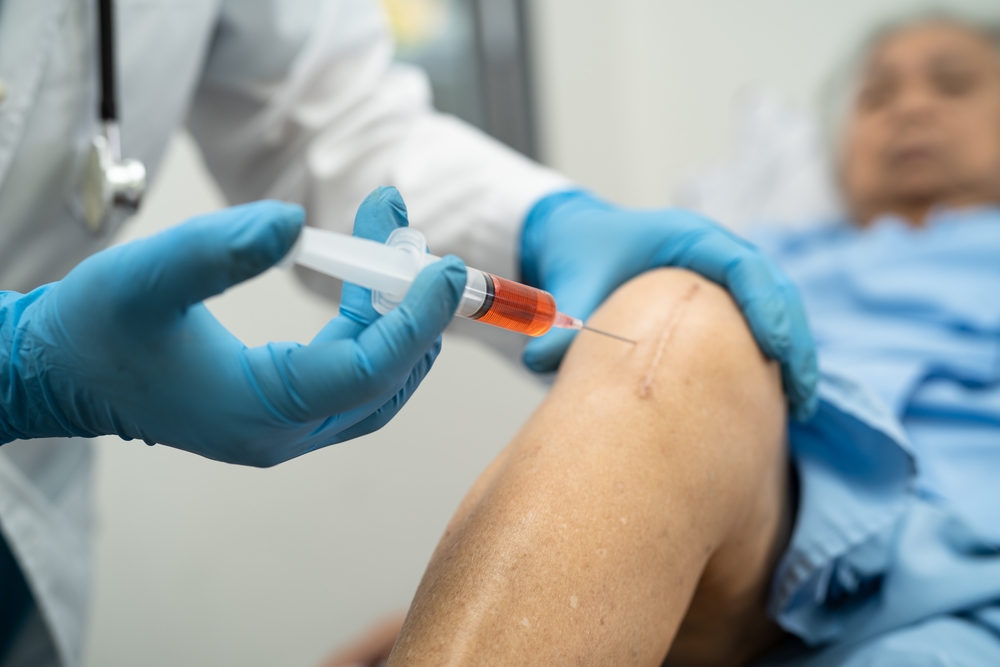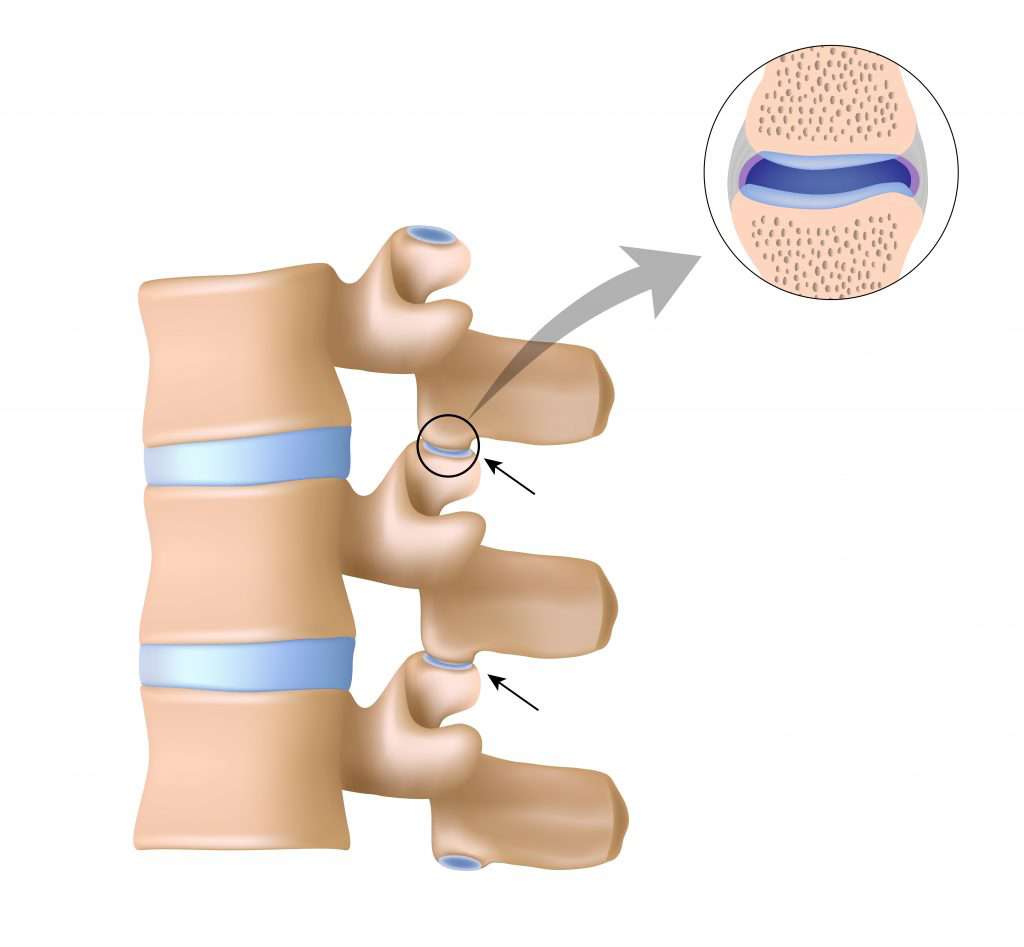Stem cell therapy is a relatively new treatment, especially when it comes to going to a clinic rather than a hospital. This is because currently, the only FDA-approved, and therefore the only type of stem cell treatment you can get through your insurance, is done to help with conditions like leukemia.
However, Treating blood cancers is far from the only thing you can do with stem cell treatments. You can help combat issues like arthritis, slipped discs, and so much more. The only reason these treatments aren’t covered is because they’re relatively so new, and clinical trials haven’t fully come back yet with conclusive enough results of their success.
If you’re living with a chronic condition, especially one that doesn’t have a cure, however, then you’re likely ready to try absolutely everything.
However, before you jump into any treatment, it is important to do your homework. It’s all well and good to say that you’re getting a stem cell transplant, but what does that mean? How is stem cell therapy administered? This guide tells all:
First, What Are Stem Cells?
It’s always a good idea to brush up on what are stem cells, exactly, and how they work. The short answer here is that stem cells are specialized cells that can become other cells. Embryonic stem cells, which are from embryos, can become any of the 200+ cells in the human body. We don’t use embryonic stem cells in any stem cell treatment. Instead, we use a variety of types of stem cells from adults.
Where are Stem Cells Sourced?
Stem cells used in treatment are either from your own body or from donated sources. Regardless of who the stem cells came from, however, scientists can source Stem cells in the body from:
- Blood – these stem cells can be used to help patients grow new healthy red and white blood cells, as well as platelets.
- Bone marrow – bone marrow cells can also be used to help grow blood cells. This treatment option is frequently known as bone marrow transplant, and it’s used to treat blood cancers.
- Fatty tissue – these stem cells can become musculoskeletal systems. This means fatty tissue stem cells can become articular cartilage, tendons, or even ligaments.
- Umbilical cord blood – on top of becoming blood cells, umbilical cord blood stem cells can also become bone marrow cells or even brain cells.
- Wharton’s jelly – these stem cells can become bone, fat, cartilage, bone marrow, and more.
Even the umbilical cord blood and Wharton’s jelly, which are products of after-birth, are considered adult stem cells. In fact, we here at Bioxcellerator use stem cells derived from Wharton’s Jelly first and foremost. We do this because the cells don’t contain a surface protein, so there’s less of a risk of rejection.
The only time you’d ever be near an embryonic stem cell is if the stem cell is an induced pluripotent stem cell. These types of stem cells have been genetically reprogrammed to their embryonic state. Much of this, however, is new science, meaning it will take some time for FDA approval, and then finally for all health insurance to cover the stem cell therapy cost.
What’s in the Stem Cell Injection?
Now that you know more about those specialized cells used in stem cell therapies, it’s time to get into what goes into the injection. It’s natural to ask, what are stem cell injections? After all, many types of medication are a combination of ingredients used to boost health, why should the injection stem cells not also include other ingredients?
Now, the main ingredient in stem cell injections is stem cells. How many depends on your condition and treatment plan. There may also be other supporting substances, like platelets, which are cells that help with issues like healing or blood clotting. You may also have MSC exosomes added, which recent studies have found work to help by releasing anti-inflammatory cytokines, growth factors, and proteins that work to minimize inflammation and help repair damaged cells from the inside. You will need to talk to your healthcare professional to learn more about what is in your regenerative medicine plan.
How is Stem Cell Therapy Administered?
Stem cell treatments are administered depending on the condition you are treating. In most cases, treatment is done intravenously, meaning it’s done with an IV. This IV works to circulate the stem cells throughout the body evenly, which works best for whole-body conditions or blood conditions.
However, this isn’t the only way the treatment can be administered. In some cases, injection stem cells are inserted directly into a targeted area with a needle. To make sure that the treatment is properly administered, X-ray fluoroscopy and diagnostic ultrasound devices are used to make sure the cells find their mark.
We may inject these stem cells derived from Wharton’s Jelly into your soft tissue, joint, spinal discs, or into the spinal cavity.
The good news is that most treatments are completely painless and don’t need any type of anesthetic. The only time you would need sedation during the treatment is if you need stem cell therapies directly into your spinal discs. For injections in the spinal canal, just a local anesthetic is used to numb the area to make the treatment more comfortable and painless.
Where to Get Stem Cell Treatment in the United States
Stem cells being used as regenerative medicine is still a very new option in the grand scheme of things, which is why you need to be careful about where you get your treatment. Thankfully, our quality centers can be found around the country. Just have a look at the locations we cover, and get in touch with your nearest clinic.
If you are interested in stem cell therapy, then contact us for a free, no-obligation consultation where we will go through your condition, determine if stem cell therapy is a good fit for you, the cost, and then talk you through exactly what you can expect during your treatment and aftercare.


